Aging Housing Stock
The Home Improvement Service Market is significantly influenced by the aging housing stock in many regions. As homes age, they require maintenance, repairs, and renovations to remain functional and appealing. Data indicates that a substantial portion of residential properties is over 30 years old, which necessitates various improvement services. This trend creates a consistent demand for skilled professionals in the home improvement sector. Homeowners are increasingly aware of the need to invest in their properties to maintain value and comfort. Consequently, the Home Improvement Service Market is poised to thrive as homeowners prioritize renovations and upgrades to address the challenges posed by aging infrastructure.
Rising Homeownership Rates
The Home Improvement Service Market appears to benefit from increasing homeownership rates, which have been on an upward trajectory. As more individuals acquire homes, the demand for home improvement services intensifies. Homeowners often seek to enhance their living spaces, leading to a surge in renovation projects. According to recent data, homeownership rates have reached approximately 65%, indicating a robust market for home improvement services. This trend suggests that as more people invest in their properties, the Home Improvement Service Market is likely to experience sustained growth. Furthermore, the desire to personalize and upgrade homes can drive homeowners to seek professional services, thereby expanding the market's potential.
Increased Disposable Income
The Home Improvement Service Market is likely to benefit from rising disposable incomes among consumers. As economic conditions improve, individuals have more financial resources to allocate towards home improvement projects. This increase in disposable income enables homeowners to invest in renovations, upgrades, and maintenance services. Recent statistics suggest that average household incomes have risen, leading to a greater willingness to spend on home enhancements. This trend indicates a potential expansion of the Home Improvement Service Market, as consumers are more inclined to hire professionals for various projects. The correlation between disposable income and home improvement spending suggests a promising outlook for the industry.
Growing Interest in Sustainable Living
The Home Improvement Service Market is increasingly shaped by a growing interest in sustainable living practices. Homeowners are becoming more environmentally conscious and are seeking ways to reduce their carbon footprint. This shift in consumer behavior has led to a rise in demand for eco-friendly home improvement services, such as energy-efficient renovations and sustainable materials. Data shows that a significant percentage of homeowners prioritize sustainability in their improvement projects. This trend not only reflects a societal shift towards greener living but also presents opportunities for businesses within the Home Improvement Service Market to innovate and offer sustainable solutions. As awareness of environmental issues continues to rise, the market is likely to adapt and evolve to meet these changing consumer preferences.
Technological Advancements in Home Improvement
The Home Improvement Service Market is experiencing a transformation due to technological advancements. Innovations such as smart home technology, augmented reality, and advanced project management tools are reshaping how services are delivered. Homeowners are increasingly interested in integrating technology into their improvement projects, which can enhance convenience and efficiency. For instance, smart home devices are becoming popular, prompting homeowners to seek services that incorporate these technologies. The adoption of technology in the Home Improvement Service Market not only streamlines processes but also improves customer satisfaction. As technology continues to evolve, it is likely to play a pivotal role in driving growth and innovation within the industry.


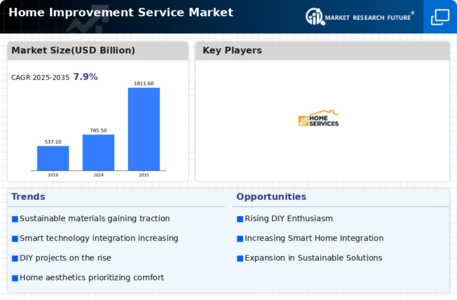
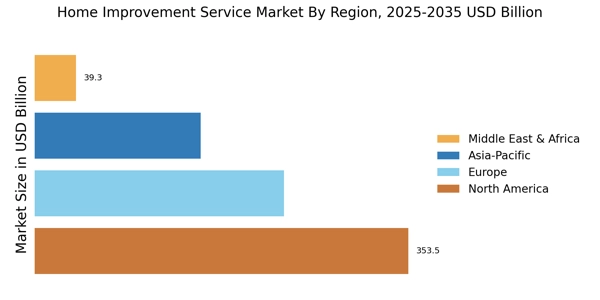
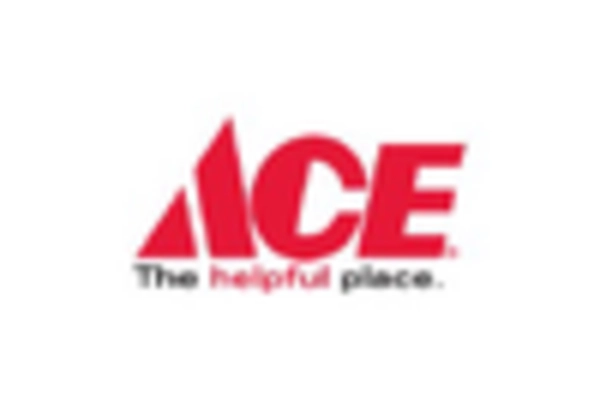

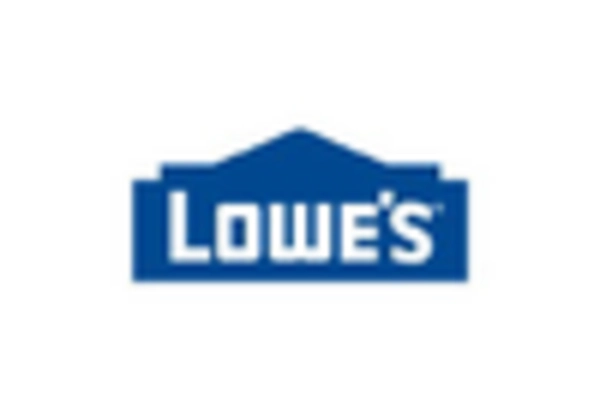

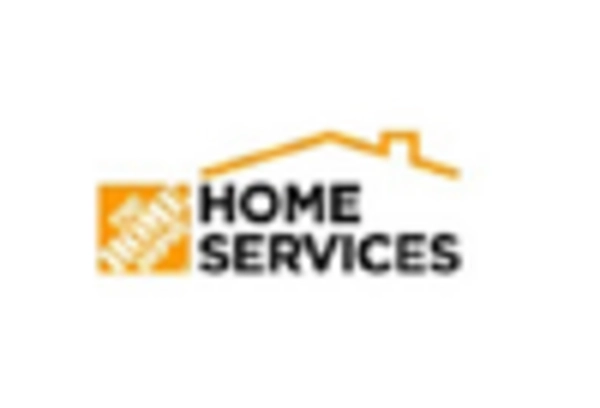









Leave a Comment